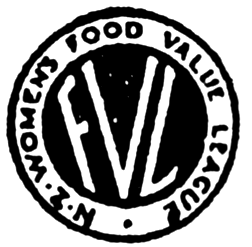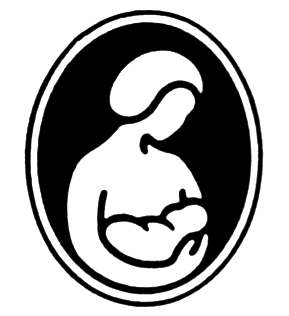Positive Women was established in 1990 to support women with AIDS
Mesh Down Under was initially conceived as an online support group for people to share their lived mesh experiences.
Health
This essay written by Sandra Coney was first published in Women Together: a History of Women's Organisations in New Zealand in 1993. It was updated by Margaret Sparrow in 2018.
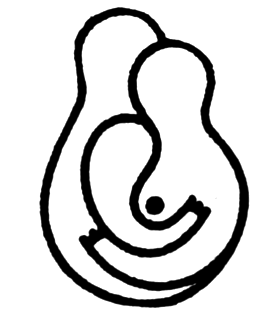
Parents Centres New Zealand
1952 –
Theme: Health
Known as:
- The Natural Childbirth Association
1952 – June 1952 - Wellington Parents Centre
1952 – 1957 - Federation of New Zealand Parents Centres
1957 – 1989 - Parents Centres New Zealand
1989 –
This essay written by Sandra Coney was first published in Women Together: a History of Women's Organisations in New Zealand in 1993. It was updated by Elizabeth Cox in 2018.
Parents Centre, ‘Introduction to Parents Centre’, June 2015, accessed from Parents Centre website Feb 2019Parents Centres were founded to provide education and support for new and prospective parents through a community-based nation-wide network of branches, run by committees of women
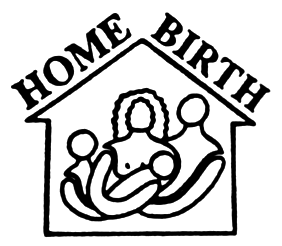
Home Birth Associations
1978 –
Theme: Health
Known as:
- New Zealand Home Birth Association
1978 – 1985 - Home Birth Associations
1985 –
This essay written by Joan Donley and Brenda Hinton was first published in Women Together: a History of Women's Organisations in New Zealand in 1993. It was updated by Elizabeth Cox in 2019.
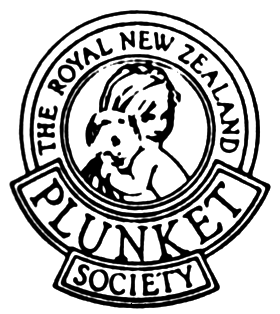
Royal New Zealand Plunket Society
1907 –
Theme: Health
Known as:
- The Society for the Promotion of the Health of Women and Children
1907 – 1914 - The Plunket Society
1914 – 1980 - Royal New Zealand Plunket Society
1980 –
This essay written by Lynne Giddings was first published in Women Together: a History of Women's Organisations in New Zealand in 1993. It was updated by Elizabeth Cox in 2018.
'Plunket', as the Royal New Zealand Plunket Society came to be popularly known, became a household word in New Zealand.
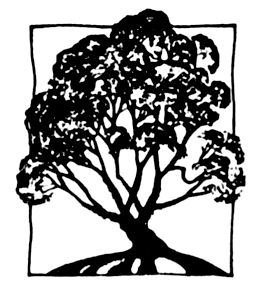
Women's Health Action
1984 –
Theme: Health
Known as:
- Fertility Action
1984 – 1993 - Women's Health Action
1993 –
This essay written by Sandra Coney was first published in Women Together: a History of Women's Organisations in New Zealand in 1993. It was updated by Isis McKay and George Parker in 2018.
Fertility Action (now Wol=men's Health Action), originally founded to publicise the dangers of one particular intra-uterine contraceptive device (lUD), the Dalkon Shield, soon developed into one of the most visible and active of the modern women's health consumer advocacy groups.
This essay written by Beryl Hughes was first published in Women Together: a History of Women's Organisations in New Zealand in 1993. It was updated by Alison McCulloch in 2018.
The Women's National Abortion Action Campaign (WONAAC) believed that the control of a woman's fertility must lie solely with her, and that services providing contraception and abortion had to be established to achieve this.
This essay written by The THAW Collective was first published in Women Together: a History of Women's Organisations in New Zealand in 1993. It was updated by Koa Saxby and Emily Adcock in 2018.
1980 – 1993
The Health Alternatives for Women (THAW) was set up in Christchurch to be a feminist health resource, information and referral centre for women. It became the longest surviving women's health centre in New Zealand.
This essay written by Fiona McKergow was first published in Women Together: a History of Women's Organisations in New Zealand in 1993.
The Social Hygiene Society was established in Christchurch during the First World War, when the spread of venereal disease once again became a matter of public concern
This essay written by Sandra Coney was first published in Women Together: a History of Women's Organisations in New Zealand in 1993.
The New Zealand Women's Food Value League was formed towards the end of the Depression of the 1930s—a time when low household incomes aggravated existing health and dental problems suffered by New Zealanders.
This essay written by Jane Malthus was first published in Women Together: a History of Women's Organisations in New Zealand in 1993.
The New Zealand Rational Dress Association (NZRDA) was formed at a meeting in the Women’s Christian Temperance Union (WCTU) rooms in Christchurch on 14 May 1894. Its founding members were those 'ladies and gentlemen' present, with Alice Burn elected president, Kate Wilkinson (born Walker) as vice-president, Miss Meredith (Burn's sister) as secretary and a Mrs Ingram as treasurer. The association's aim was 'to bring about that change in women's dress which her wider life and increased activity seem to demand'.
This essay written by Anne Heritage was first published in Women Together: a History of Women's Organisations in New Zealand in 1993. It was updated by Anne Heritage in 2018.
1964 – 1993
La Leche League [1] was founded in the USA in 1956 by seven breastfeeding mothers, to provide information and support to other women who wished to breastfeed their babies and had no one to turn to for help and advice. At that time bottle-feeding was the norm in the USA and breastfeeding rates were extremely low there, as they were in New Zealand.

Fitness League
1937 –
Theme: Health
Known as:
- Health and Beauty Movement
1937 – c1955 - Women's League of Health and Beauty
c1955 – 2000 - Fitness League
2000 –
This essay written by Sandra Coney was first published in Women Together: a History of Women's Organisations in New Zealand in 1993. It was updated by Beryl Davy in 2018.
The Health and Beauty Movement, now Fitness League, began as a mass fitness movement for women.
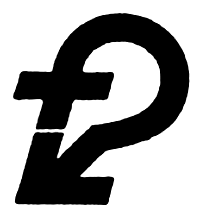
Family Planning
1936 –
Theme: Health
Known as:
- Sex Hygiene and Birth Regulation Society
1936 – 1939 - New Zealand Family Planning Association
1939 – 2008 - Family Planning
2008 –
This essay written by Penny Fenwick was first published in Women Together: a History of Women's Organisations in New Zealand in 1993. It was updated by Jackie Edmond in 2018.
The organisation which became the New Zealand Family Planning Association (NZFPA) in 1939 was founded in 1936 by a group of Wellington women, including Elsie Locke, as the Sex Hygiene and Birth Regulation Society.
This essay written by Margaret Long was first published in Women Together: a History of Women's Organisations in New Zealand in 1993.
The Women's Committees of the New Zealand Public Service Association (PSA) operated throughout the 1940s and 1950s in the pursuit of equal pay for women in the service. Most active and influential was the Wellington Women's Committee (WWC). Although committees were set up in other areas, for example South Canterbury, Palmerston North and Auckland, they operated only intermittently. In the 1950s strong support came also from women in three occupational groups: mental hygiene, nursing and dental nursing.
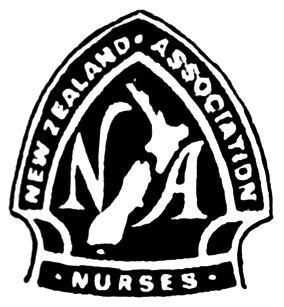
New Zealand Nurses’ Organisation
1909 –
Theme: Health
Known as:
- New Zealand Trained Nurses' Association
1909 – 1971 - New Zealand Nurses' Association
1971 – 1993 - New Zealand Nurses’ Organisation
1993 –
This essay written by Patricia Sargison was first published in Women Together: a History of Women's Organisations in New Zealand in 1993. It was updated by Patricia Sargison in 2018.
The New Zealand Nurses' Association (NZNA) represented the professional, social, economic, and industrial interests of nurses.



